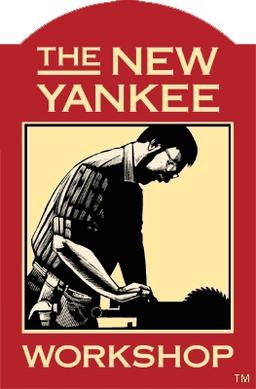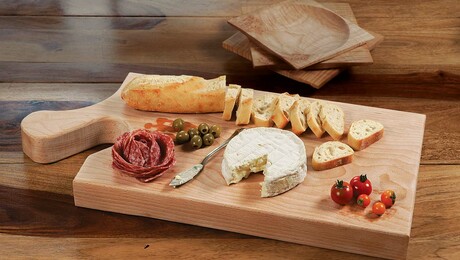Conventional wisdom regarding finishing cutting boards and other food prep surfaces is to coat them heavily with mineral oil and/or a food safe paste wax to “seal” and/or “condition” them. Seri Robinson asserts otherwise, her research has shown that any finish applied to wood decreases its natural anti-microbial properties.



So wood absorbs the microbes where they eventually suffocate and die, according to this article. But is there then a buildup of dead microbes (and their waste products)?
Dehydrate and die is more accurate
We live in a sea of dead and alive microbes, it’s fine. Cooking food kills them and we consume them with every meal
I’m not so much concerned as interested, in this person’s proposed model, what happens to this accumulated detritus. Maybe it’s just that it’s negligible. But it must accumulate
The illustrations seem to indicate that stains and dead microbes accumulate in the middle of the wood, deep below the surface. It would be interesting to slice an old wood cutting board in half and see the accumulated stains!
That penetration is super exaggerated. Ever cut through a stained (i.e. pigment-stained) board? Board painted with a water-based paint? Those paint pigment particles are same scale as microbes, so you should expect them to penetrate to similar depth. Surface cleaning and routine abrasion get rid of most of it. Go over the surface with a scraper - take off 20-50 microns - and you’re pretty much down to virgin wood.
You’re on to.something here. And you’re right: that illustration probably distorted my understanding of the process
Maybe, but your examples aren’t repeatedly wetted and dried. Could the repeated cycles cause the particles to move deeper?
Nobody says You can’t wash the thing occasionally
Microbes are usually totally fine. You are full of them, the world is full of them. Don’t panic.
Not panicked at all. Just exploring an element of this person’s proposal